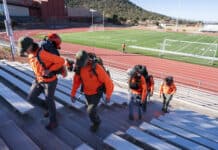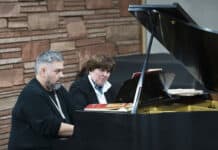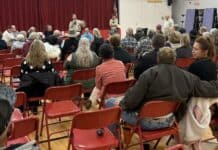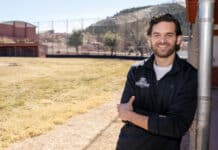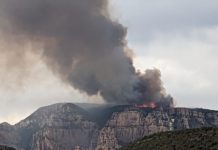With the 2016 election season in full swing, those vying for seats on the Sedona City Council were asked a variety of questions pertaining to issues facing the city — both today and in the future.
Q: What made you decide to run for City Council?
I love Sedona and have always believed in giving back by volunteering over the years, not just in our community, but in the Verde Valley and the state. I have always found that I get back more than I give. I have come to know the community well, and it has certainly enriched my life. I have very much enjoyed serving on the council, and it is truly an honor and a privilege to serve as mayor. We have addressed many of our priorities, and since there is much more we can accomplish, I chose to run for another term.
Q: What specific ideas do you have to address the traffic issue?
I am not a traffic engineer, and I believe we need to do our due diligence in deciding how to spend public money, so the only specific idea I have is to complete the comprehensive multi-modal transportation, traffic and parking study which is now underway. A study of this magnitude has not been done since 1991, and it is critical to complete it before deciding on options for addressing traffic and other related issues. The study has incorporated all previous studies done so that efforts are not duplicated and has identified areas not addressed. It identifies steps that were taken as a result of previous studies, and yes, action was taken. Technology now allows us to collect data in new and more meaningful ways.
It is also important to know the estimated costs for the various possibilities, and to consider what other jurisdictions are involved, as transportation issues are often regional. Not all options are within the city limits, and not all recommendations are feasible. We have well established working relationships in the region as well as the state which we will continue to use as we look for ways to mitigate traffic problems.
Q: Often, the vocal minority is the loudest voice when it comes to a topic in the city. How do you balance not only their concerns but the remaining majority of the community as well?
Citizen input from all sides is an important component of addressing any issues that come before the council. In addition, we must consider all relevant facts and material available, which include but are not limited to staff research, consultants, existing reports and studies, our own research, and best practices. We generally do get input from citizens not just in council meetings, but via email, regular mail, other meetings and conversations, all of which help to provide balance. But for every person we hear from, there are many more we don’t hear from, some of whom we never hear from, but we must do the best we can to consider them and their interests as well.
Q: What do you see as the top issues facing Sedona these days and why?
Certainly traffic is among the top issues, along with health and safety, financial sustainability, managing tourism, environmental protection, economic sustainability and quality of life. All are important in keeping Sedona the most beautiful place on Earth, in so many ways, which is why we have chosen to make Sedona home.
Q: The city owns 200 acres across from the wastewater treatment plant on State Route 89A. How would you like to see that land used?
It isn’t about how I would like to see it used, it is how we as a council determine what will be best for the whole community. There is an existing report from a task force that was set up to look at the property and various possibilities for its use, and we will be discussing that report as well as other options sometime in the near future. It is important to remember that although the 200 acres is owned by the city, it is not in our jurisdiction, so any proposals for its use will need to be approved by Yavapai County.


